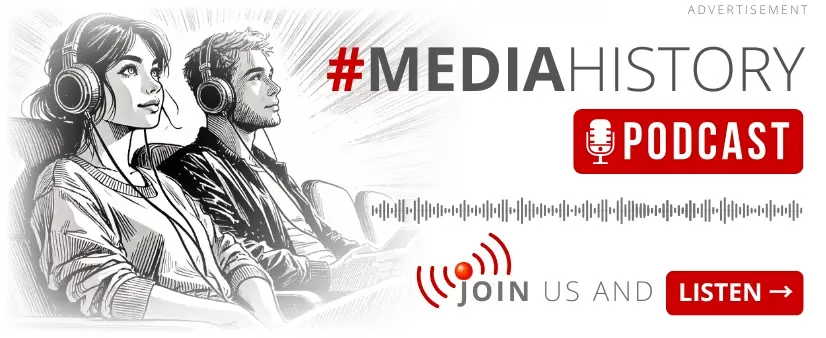 illustration: DALL-E
illustration: DALL-EFor the study, published in Nature Humanities and Social Sciences Communications, the authors used an experimental methodology involving 359 respondents to determine which approach fosters greater engagement. The results show that narratives centered on individual characters generate more engagement than group-focused storytelling. However, the form of communication (text, image, video) does not significantly impact the results.
Individual Stories Engage More Than Statistics
One of the most interesting findings is the power of individual storytelling. The study confirmed the "Identifiable Victim Effect" (IVE), which suggests that people are more willing to help when they see a specific, individual story.
Examples of this strategy in ENGO (Environmental NGOs) campaigns:
- A photo of a single bird that died from a window collision generates more engagement than statistics about thousands of birds dying annually.
- A personal story of a volunteer who changed their habits is more effective than general appeals for an eco-friendly lifestyle.
The study`s data confirms that people are more likely to:
| Type of Engagement | Effectiveness of Individual Narrative | Effectiveness of Group Narrative |
|---|---|---|
| Seeking Information | Higher | Lower |
| Sharing Content | Higher | Lower |
| One-Time Donations | Higher | Lower |
| Volunteering | No Difference | No Difference |
| Changing Daily Habits | No Difference | No Difference |
While individual storytelling boosts short-term engagement (e.g., seeking information, donations), it does not influence long-term actions like volunteering or lifestyle changes.
Does Video Really Work Better?
Many environmental organizations increasingly rely on video as their primary communication medium, but is it really the best approach? The study shows that video does not enhance message effectiveness any more than static formats like posts or posters.
- Posts with images or informational posters are as effective as videos.
- There is no difference in the persuasive power of different formats.
- The dominance of TikTok and Instagram does not mean that video content always engages more than text and images.
- Content overload on social media – users are overwhelmed with videos, making them less attentive.
- Static content is easier to process – video requires time and full attention, while image-based posts can be quickly scanned.
- Ecological issues require reflection – short videos may not provide enough depth for understanding complex problems.
Can Ecology Go Viral?
Based on the study’s findings, environmental organizations can apply the following strategies:
- Focus on individual storytelling – specific stories of people and animals engage more than abstract statistics.
- Do not overestimate the power of video – text and images are equally effective, so organizations should choose the medium based on the content rather than blindly following trends.
- Personalize the message – if the goal is to encourage one-time donations, individual stories work best. For long-term changes, additional strategies are necessary.
- Prioritize education and interaction – long-term change requires time and repeated actions, not just a single impactful message.
In the age of social media, one of the biggest challenges for environmental organizations is creating campaigns that "break through" to a wider audience. Experts suggest that individual storytelling can function similarly to popular social challenges, such as the Ice Bucket Challenge.
Instead of presenting global climate change statistics, organizations can:
- Engage influencers to share personal stories about habit changes.
- Introduce interactive challenges, such as "Plastic-Free Week," where participants share their progress on social media.
- Leverage emotions – for example, by showcasing specific stories of animals suffering due to human activity.
A New Approach to Environmental Communication
The study by Mao and Nishide demonstrates that engaging people in environmental issues requires a strategic approach to storytelling. Individual stories are more effective than general information, and the medium of communication is not as crucial as one might assume.
For environmental organizations, this means one thing: instead of investing in expensive video productions, it is better to focus on creating authentic, personal stories that resonate with audiences.
***
The full study, "Crafting the Messages for Environmental NGOs: How Narrative Medium and Mode Shape Different Engagement Levels" by Wenye Mao and Yuko Nishide from Tohoku University, is available in the Nature Humanities and Social Sciences Communications database.
COMMERCIAL BREAK
New articles in section Skills and knowledge
War reporter in the new reality. Evolving techniques, same purpose
KFi
What happens when war breaks out just across the border and journalists aren't ready? Polish reporters faced that question after Russia invaded Ukraine in 2022. Lacking training, they improvised: blurred details, hid names, and balanced trauma with truth.
A heuristic trap in media coverage. How loud headlines boost fear
Bartłomiej Dwornik
A negative message that rests on emotion lifts the sense of threat by 57%. Why do reports of a plane crash drive investors away from airline shares? Why do flood stories spark worry about the next deluge? The pattern is irrational yet clear and proven.
How LLMs are reshaping SEO. Smart content strategies for the age of AI
BDw
For years, SEO was a fairly predictable game. Pick the right keywords, optimize your content, and watch your website climb the rankings. But today, a silent revolution is underway - and it`s being led by large language models (LLMs) like ChatGPT, Claude, Gemini, and DeepSeek.
See articles on a similar topic:
Betteridge's Law. Is every headline with a question mark a gimmick?
Krzysztof Fiedorek
Betteridge's Law is a journalism hypothesis suggesting that any headline ending with a question mark can be answered with “no.” This rule applies to yes-or-no questions. It wasn’t actually created by Ian Betteridge and… it’s mostly untrue.
Writing for the Web. The 4x4 Rule for Content Optimization
Bartłomiej Dwornik
How do you craft a Google-friendly title, what’s the ideal article length, and how often should you use keywords? A guide for those writing for websites.
Where to Publish Your Own Articles? Start Your Own Website
Bartłomiej Dwornik
If you want to try your hand at citizen journalism or simply run your own thematic blog, you’ll eventually face the decision of choosing your own domain name and server to host your site. In a report published by Interaktywnie.com, you’ll find expert advice on how to get started.
Readability: Tools for Journalists to Enhance Text Clarity
Bartłomiej Dwornik
Even the most substantive content must be presented in an accessible and visually appealing way. First, so the reader can understand it. Second, to be easy on the eyes. In both cases, machines can help. Here are some tools for measuring text readability that every journalist might find useful.





























